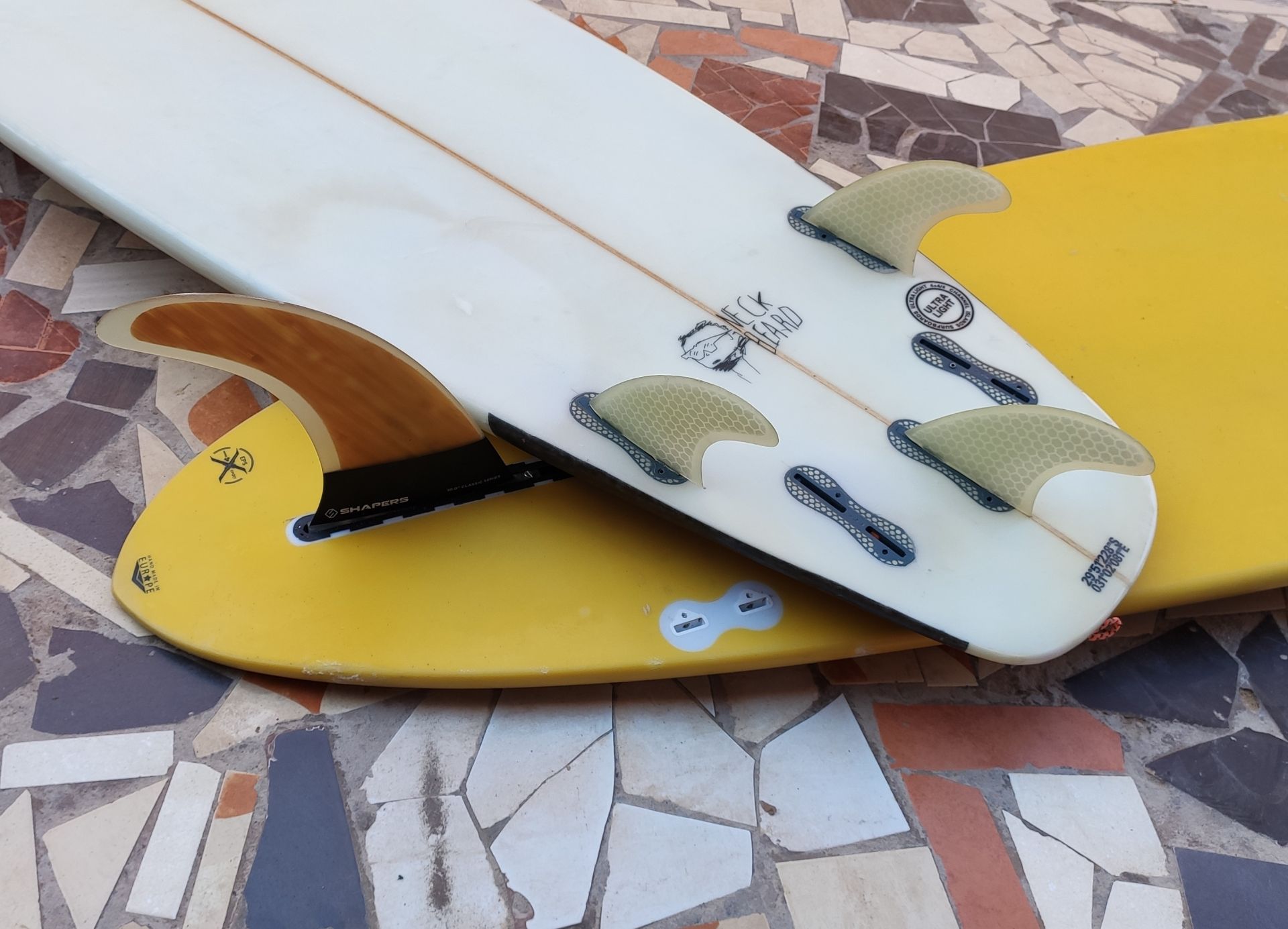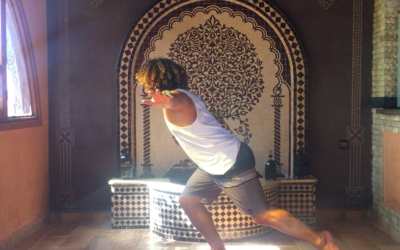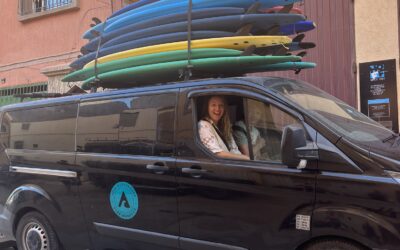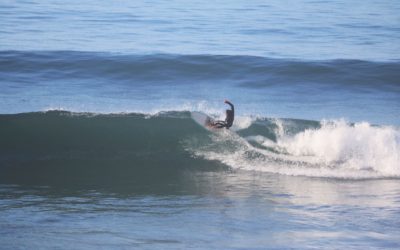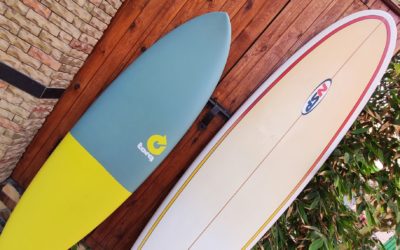Table of contents
What is result from having multi-fins? And, what are the differences?
Depending on the board used, you are limited in the quantity of fins and their position cannot be
changed. In most boards, you will have only one assembly possibility, but it is possible to have
several. The most common example is the possibility to change from a “classic” three-fins assembly
to a four-fins assembly by having 5 places on the board.
The different possible assemblies:
The single fin: system mainly used on longboards or boards over 7 feet with often vintage shapes. A single large fin that allows for slow and fluid turns. A smooth glide. The fin needs to be quite big to keep control while riding. It is possible to have a very advanced position on the board if it allows it.
It is possible to add two small side fins to surf in 2 + 1. This will make turns easier. You have to sacrifice a little of the speed offered by the single fin (thanks to the low friction of a single fin). But the manoeuvrability increases.

The twin fins
Two lateral fins, no central fin. This system is very popular on small wave boards because there is little grip (and therefore little braking) thanks to the removal of the central fin. The board is therefore very manoeuvrable over short distances. It is important to know that the twin fins often go hand in hand with a fish tail.
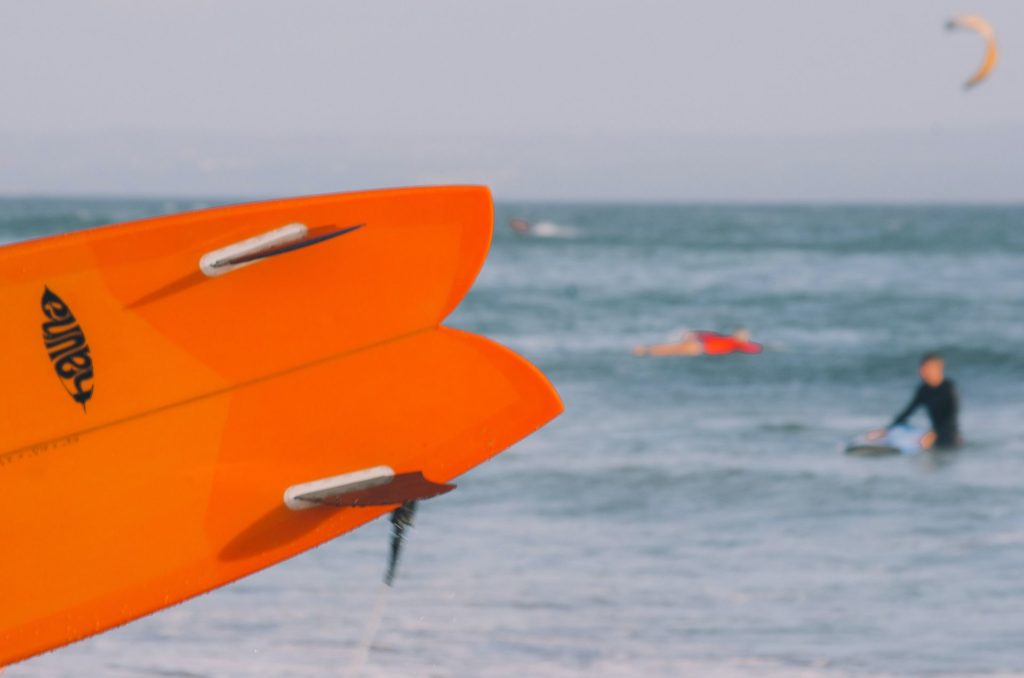
The thruster or tri-fins
Created in 1980, this is the most widespread system in the world, with its
two side fins and its central one, it is the best combo between manoeuvrability and control. There
are many models to suit every surfer.
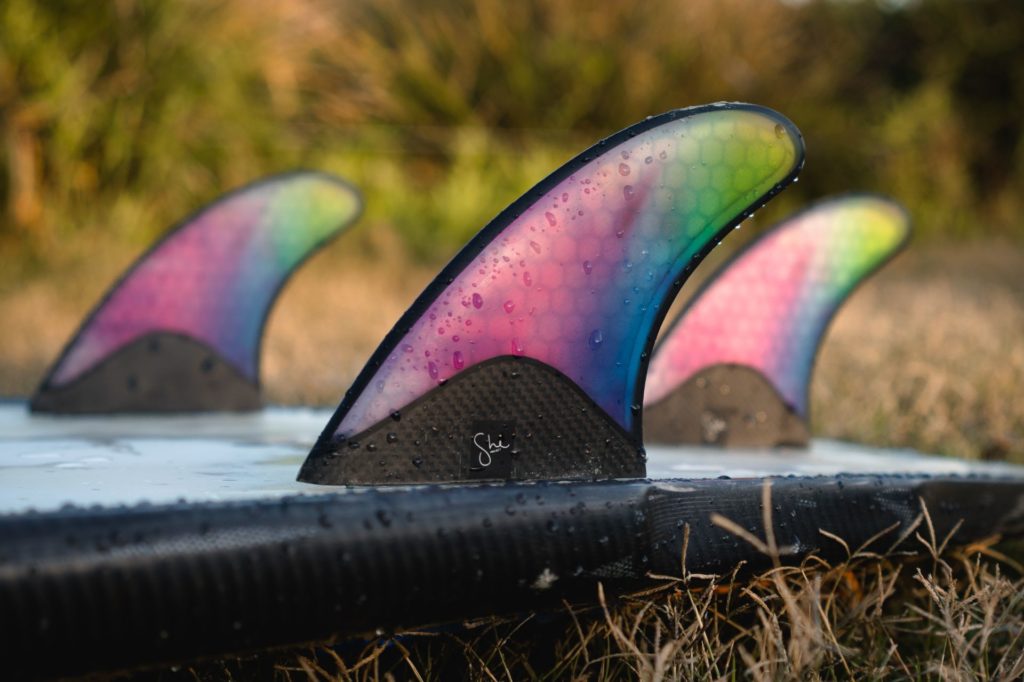
The quatro
An assembly with 4 fins, two on each side, without a central one. It is the evolution of the twin fins that allows to generate a lot of speed and to have a better grip. This setup is used in a variety of conditions, from small waves to beautiful tubes that require speed. This setup can be found on many different boards. Like here, on a rather long board with a fishtail. Like the twin fins, this setup is mostly found with a fish tail.
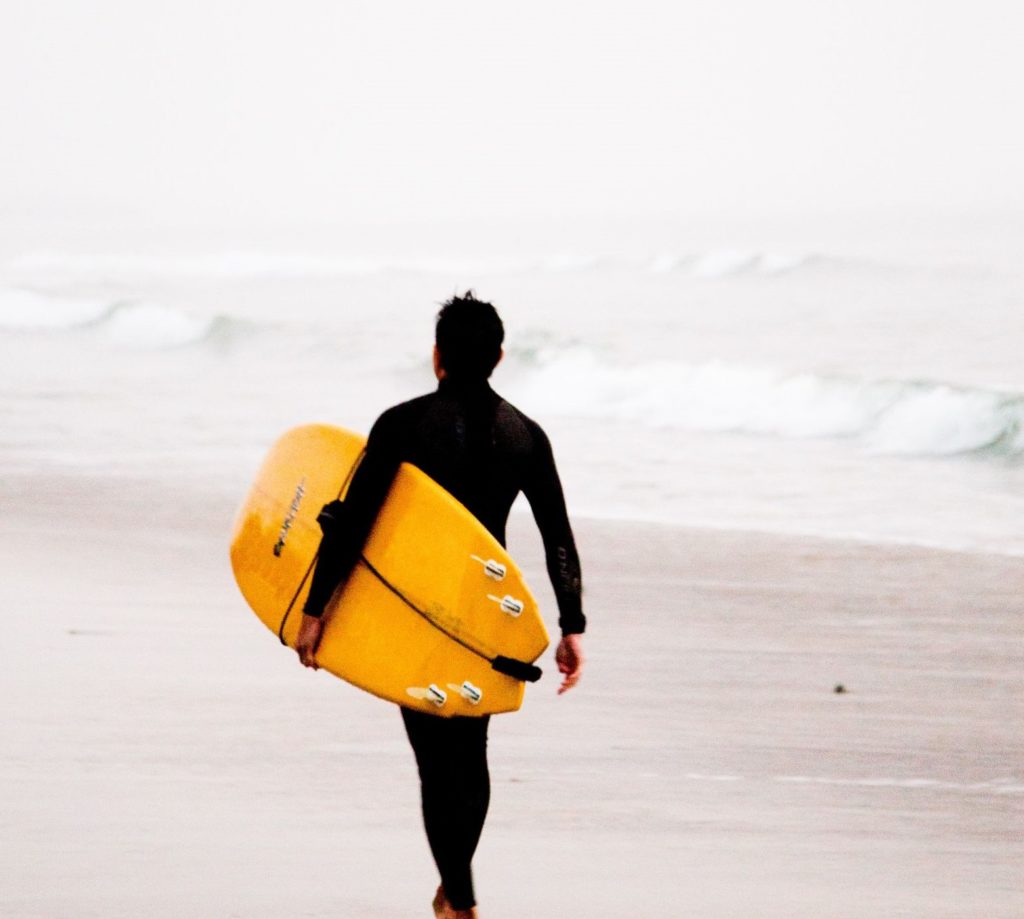
The five fins
Still barely used, Kelly Slater brought it into fashion a few years ago when he used it
for surfing in a competition. It’s a five fin, a quatro plus a small centre fin for precise and powerful
turns. This setup requires a lot of experience as there is a lot of grip and the slightest mistake can act
as a brake and cause the rider to lose all his/ her accumulated speed.
There you go, surfing fin in a nutshell. We hope you enjoyed reading, and maybe learned something new. If you enjoyed this article, please share it with others who may be interested. And, any feedback or questions, we’d love to hear from you. Thank you.
FAQ – All About Surfboard Fin Setups
The thruster setup (three fins) is ideal for beginners. It offers the best balance between stability, control, and maneuverability, helping new surfers progress in a wide range of wave conditions.
A single fin (one large center fin) provides smooth, drawn-out turns and a classic glide. A thruster (three fins) offers more control, responsiveness, and hold in tighter, more modern turns.
Twin fins are great for small waves. With less drag due to the absence of a center fin, they allow for fast, playful, and highly maneuverable surfing — especially when paired with a fish tail.
A quad fin setup (four fins) generates high speed and offers excellent hold, especially in hollow or fast waves. It’s ideal for surfers looking for drive and control in critical sections.
It depends on the board. Some boards come with multiple fin boxes, allowing you to switch between setups. Others are designed for a specific configuration. Altering a board not built for it is not recommended unless done professionally.
For larger or more powerful waves, thruster and quad setups offer the best performance. They provide strong hold, speed, and control, especially in steep or barreling conditions.

